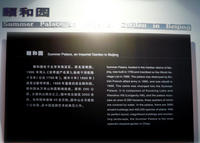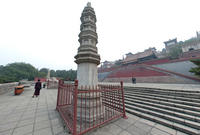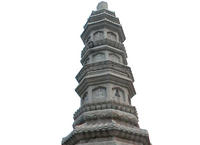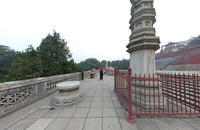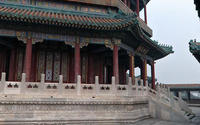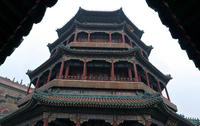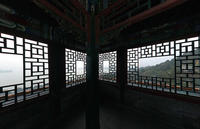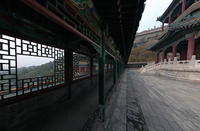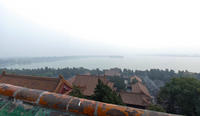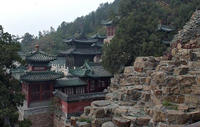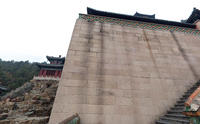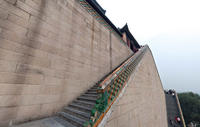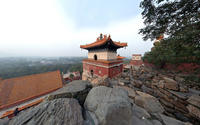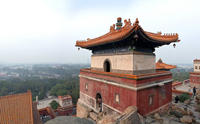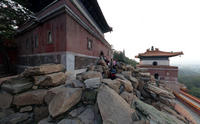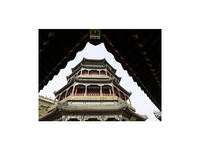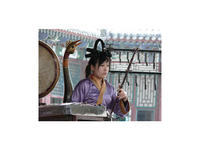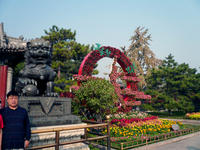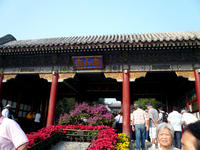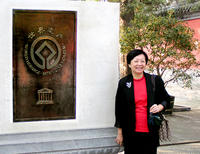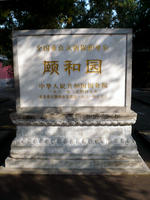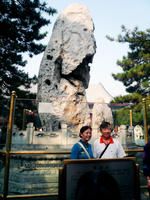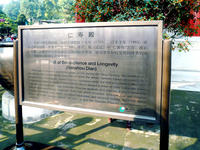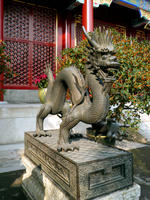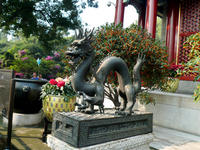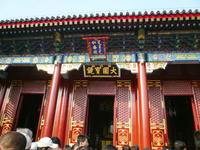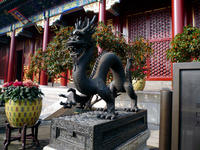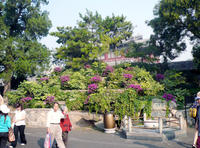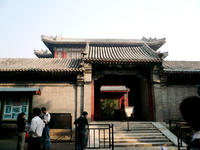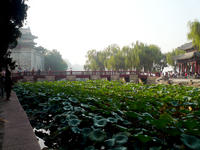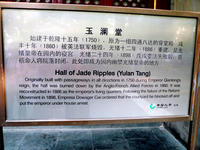You are in: Asia -> China -> Summer Palace, an Im... , and traditional search or Image Gallery will yield results of this site only
Summer Palace, an Imperial Garden in Beijing
| Site number: | 880 |
|
| Type of site: | Cultural | |
| Date: | 1750 | |
| Date of Inscription: | 1996 | |
| Location: | Asia, China, 10 km northwest of Beijing | |
Up to 75 images are shown here. Click on each for more details or on Image Gallery for more images.
| Description: | First built in 1750, and then largely destroyed in the war of 1860 and in 1886 restored on its original foundations, the Summer Palace in Beijing is a masterpiece of Chinese landscape garden design. The site is a harmonious ensemble of outstanding aesthetic value, created from the natural landscape of hills and open water combined with man-made elements: pavilions, halls, palaces, temples and bridges. --WHMNet paraphrase from the description at WHC Site, where additional information is available. For 360 degree imaging of this site, click here. | |
| The Summer Palace or Yi he yuan (traditional Chinese: 頤和園; simplified Chinese: 颐和园; pinyin: Yíhé Yuán; literally "Garden of Nurtured Harmony") is a palace in Beijing, China. The Summer Palace is mainly dominated by Longevity Hill (60 meters high) and the Kunming Lake. It covers an expanse of 2.9 square kilometers, three quarters of which is water. The central Kunming Lake covering 2.2 square kilometers was entirely man made and the excavated soil was used to build Longevity Hill. In its compact 70,000 square meters of building space, one finds a variety of palaces, gardens, and other classical-style architectural structures. The Summer Palace started out life as the Garden of Clear Ripples (traditional Chinese: 清漪園; simplified Chinese: 清漪园; pinyin: Qīngyī Yuán) in 1750 (Reign Year 15 of Emperor Qianlong). Artisans reproduced the garden architecture styles of various palaces in China. Kunming Lake was created by extending an existing body of water to imitate the West Lake in Hangzhou. The palace complex suffered two major attacks--during the Anglo-French allied invasion of 1860 (with the Old Summer Palace also ransacked at the same time), and during the Boxer Rebellion, in an attack by the eight allied powers in 1900. The garden survived and was rebuilt in 1886 and 1902. In 1888, it was given the current name, Yihe Yuan. It served as a summer resort for Empress Dowager Cixi, who diverted 30 million taels of silver, said to be originally designated for the Chinese navy (Beiyang Fleet), into the reconstruction and enlargement of the Summer Palace. In December 1998, UNESCO included the Summer Palace on its World Heritage List. It declared the Summer Palace an "outstanding expression of the creative art of Chinese landscape garden design, incorporating the works of humankind and nature in a harmonious whole." It is a popular tourist destination but also serves as a recreational park. --Wikipedia. Text is available under the Creative Commons Attribution-ShareAlike License. For 360 degree imaging of this site, click here. | ||
| Source: | http://whc.unesco.org/en/list/880 | |
| Reference: | 1. UNESCO World Heritage Center, Site Page. | |


